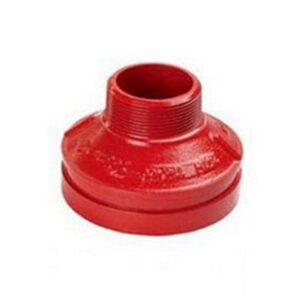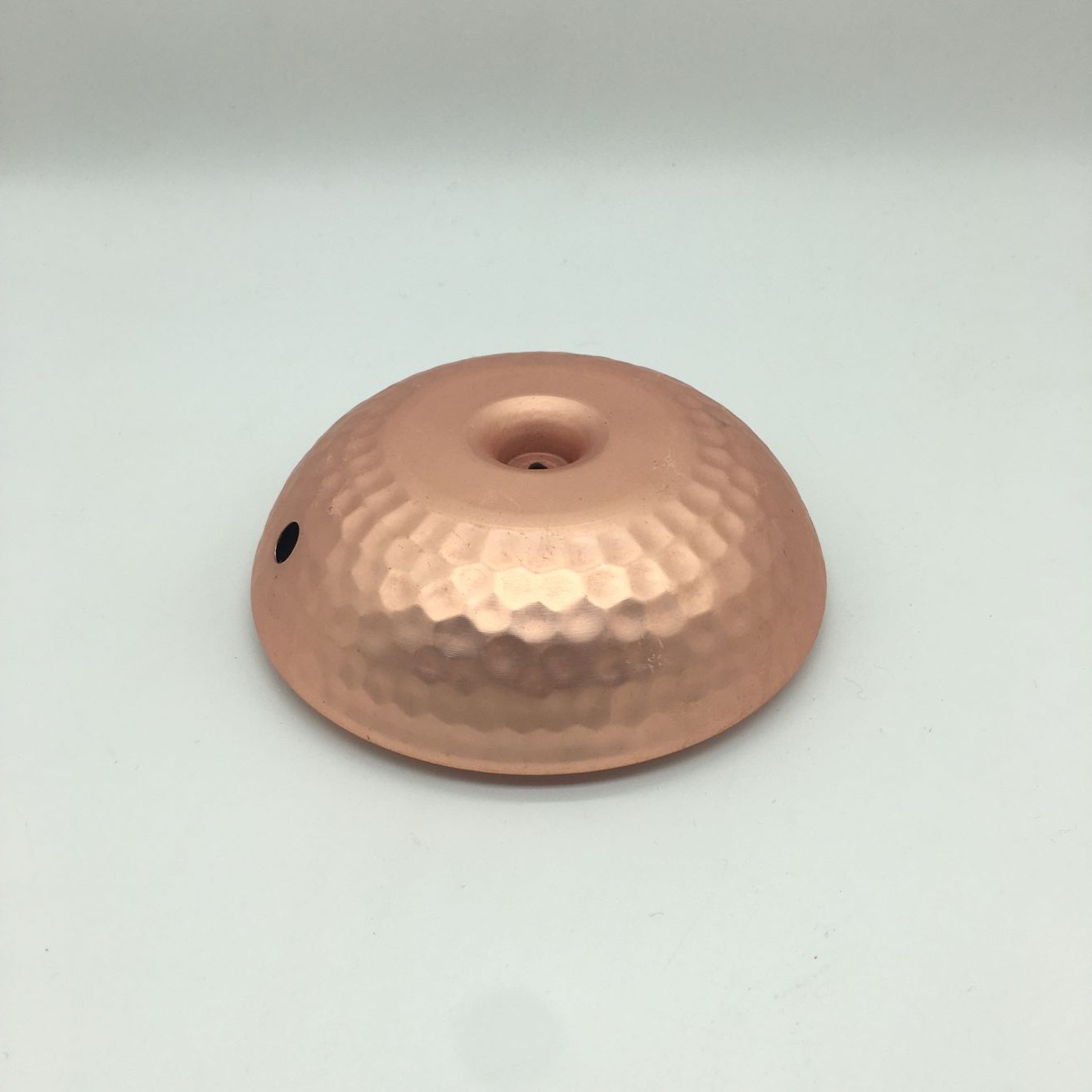
Here’s a comprehensive overview of metal rust prevention methods, focusing on ferrous metals (iron and steel):
Core Strategies for Rust Prevention:
Barrier Protection:
Paints & Coatings: Create a physical barrier against moisture and oxygen (essential for rust). Includes primers, enamels, epoxies, polyurethanes. Proper surface prep (cleaning, degreasing, sometimes abrasive blasting) is CRITICAL for adhesion.
Powder Coating: Electrostatic application of dry powder followed by curing. Provides a thick, durable, uniform barrier with excellent aesthetics.
Plating:
Galvanizing: Dipping steel into molten zinc. Forms a tough, sacrificial barrier. Excellent for outdoor/exposed parts. Hot-dip galvanizing is common for hardware, structures.
Electroplating: Depositing thin layers of metals like zinc (electro-galvanizing), chromium (chrome plating), nickel, tin, or cadmium via electrolysis. Offers good corrosion resistance and often improved appearance.
Oils & Greases: Provide a temporary or semi-permanent barrier. Ideal for internal parts, bearings, tools in storage. Examples: WD-40 (water displacement), cosmoline (heavy-duty storage), machine oils, lithium grease. Needs reapplication.
VCI (Vapor Corrosion Inhibitors): Packaging materials (paper, film, emitters) release protective vapors that form a molecular barrier on the metal surface. Excellent for enclosed spaces and storage/transport.
Sacrificial Protection (Cathodic Protection):
Galvanizing: The zinc layer not only acts as a barrier but also sacrificially corrodes instead of the underlying steel if the coating is damaged (zinc is more “active”).
Zinc-Rich Primers: Contain high levels of zinc dust. Acts similarly to galvanizing when scratched, protecting the exposed steel.
Sacrificial Anodes: Attaching a more active metal (like zinc or magnesium) directly to the steel structure. The anode corrodes preferentially, “sacrificing” itself to protect the steel. Common on ships, pipelines, water heaters.
Environmental Control:
Reduce Humidity: Store parts in dry, controlled environments (<50% relative humidity is ideal). Use dehumidifiers or desiccants (silica gel) in enclosures or packaging.
Control Temperature: Avoid large temperature swings that cause condensation (“sweating”).
Remove Contaminants: Salt, acids, industrial pollutants accelerate rust. Rinse off salts regularly, avoid exposure to harsh chemicals, or provide extra protection if exposure is unavoidable.
Avoid Contact: Prevent direct contact between ferrous metals and more noble metals (like copper, brass) in damp environments to avoid galvanic corrosion.
Material Selection:
Stainless Steels: Contain chromium (at least 10.5%) which forms a passive, self-repairing chromium oxide layer. Grades like 304 (general) and 316 (marine/chemical resistant) offer excellent rust resistance but are more expensive. Can still corrode under specific harsh conditions.
Weathering Steels (“Corten”): Form a stable, protective rust patina that adheres and slows further corrosion. Used in architecture/bridges. Not suitable for all applications.
Non-Ferrous Metals: Use aluminum, brass, bronze, copper, or titanium where possible, as they don’t “rust” (though they can corrode in other ways).
Design & Maintenance:
Design: Avoid moisture traps, crevices, and sharp corners. Ensure good drainage and ventilation. Design for easy coating application and maintenance access.
Surface Finish: Smoother surfaces are harder for moisture to adhere to and easier to clean/coat effectively.
Regular Inspection & Maintenance: Check coatings for damage (scratches, chips, cracks). Clean surfaces regularly to remove dirt and salts. Promptly repair damaged coatings. Reapply protective oils/greases as needed.
Key Considerations:
Surface Preparation: Essential! Any coating is only as good as the surface it’s applied to. Remove ALL rust, mill scale, grease, dirt, and salts.
Combined Methods: Often the most effective approach (e.g., galvanized steel + paint; VCI + controlled storage; stainless steel + passivation).
Application & Environment: Choose the method based on the part’s function, expected exposure (indoor, outdoor, marine, chemical), required lifespan, and cost constraints.
Passivation: For stainless steel, a chemical treatment (often nitric or citric acid) that removes free iron and enhances the natural chromium oxide layer, improving corrosion resistance.
By implementing these strategies – primarily focusing on excluding moisture/oxygen (Barrier), sacrificing another metal (Sacrificial), or using inherently resistant materials – you can effectively prevent rust and significantly extend the service life of metal components.





